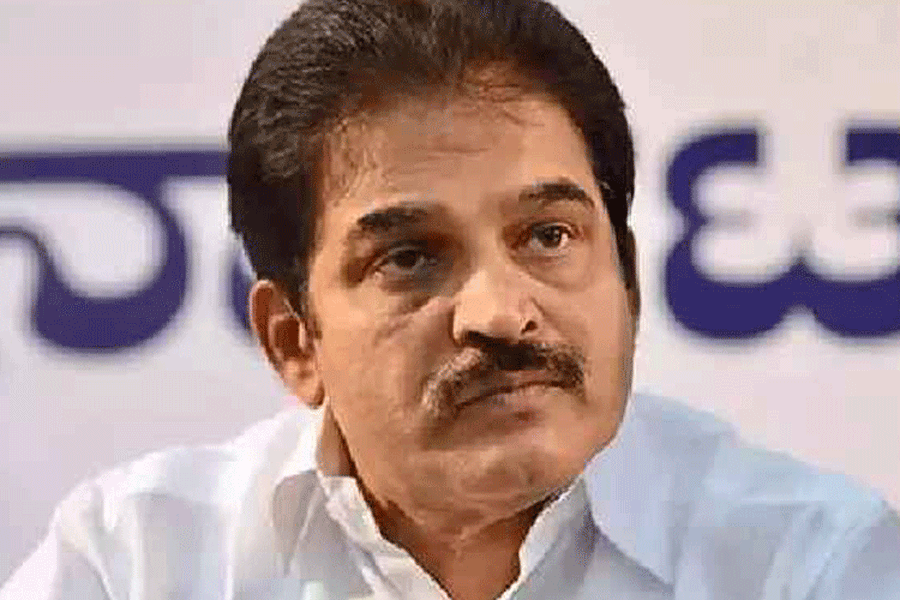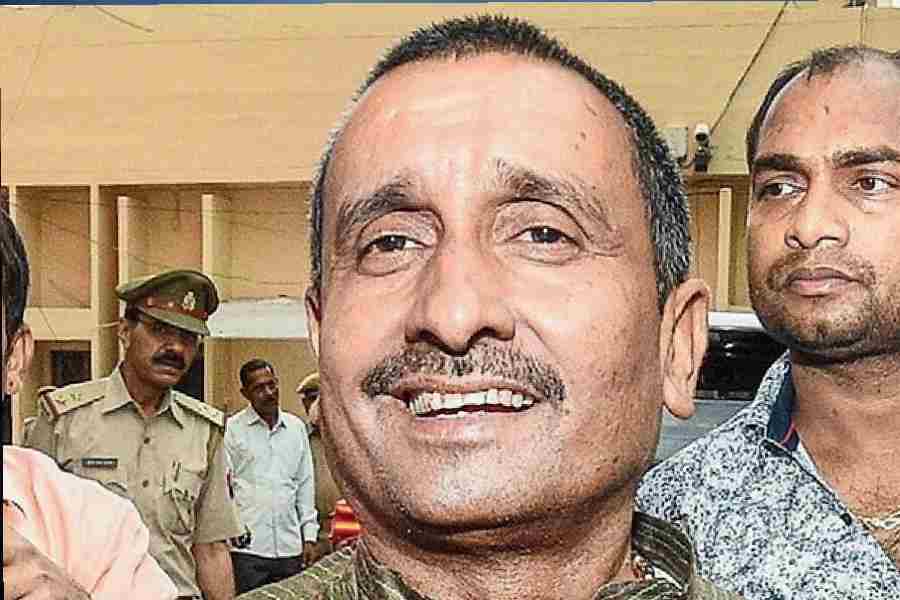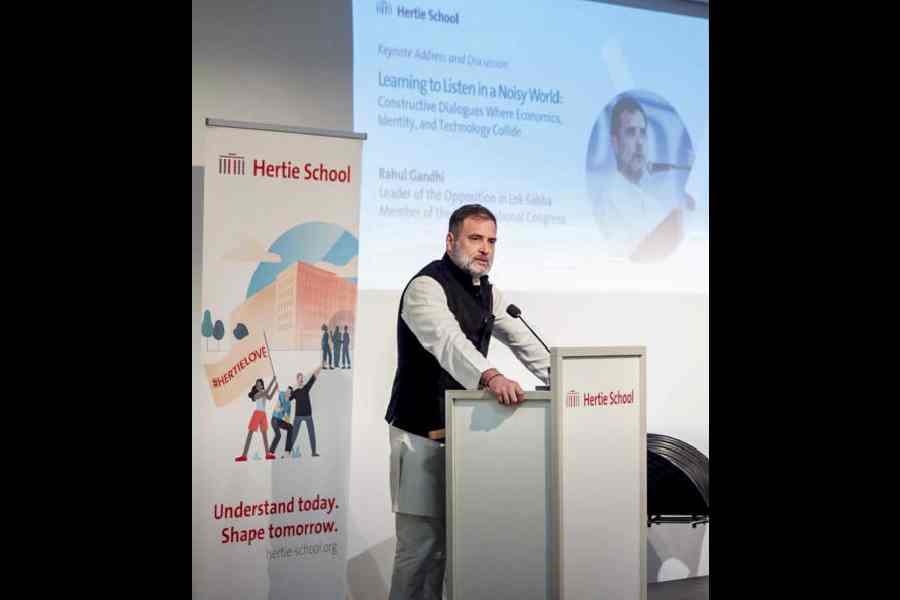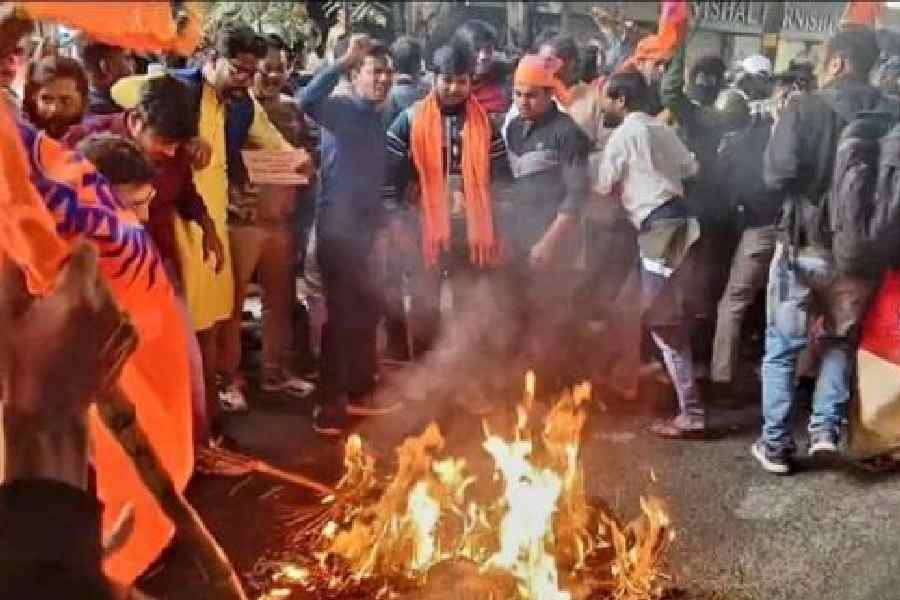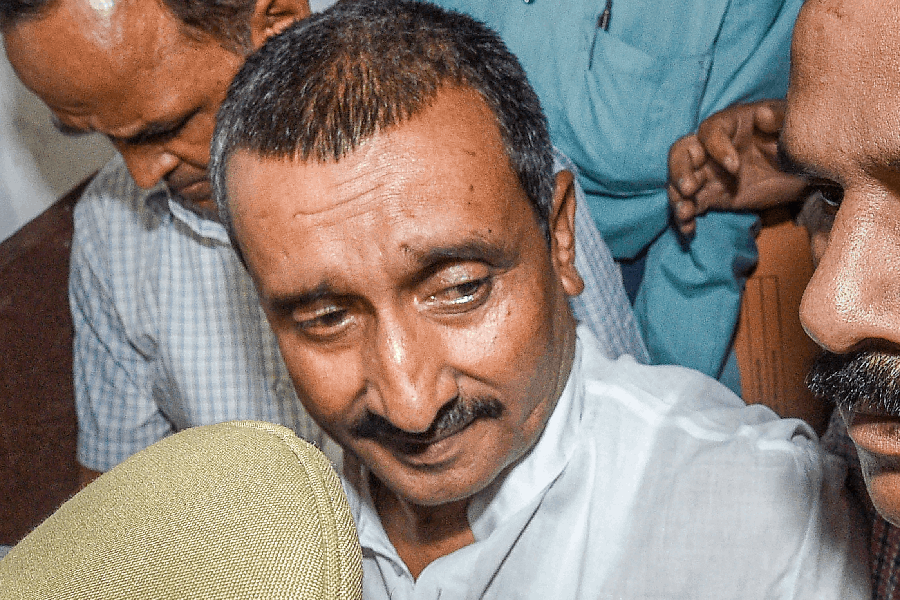|
|
| At what cost? |
While India should grab the opportunities offered by the United States of America for transfer of high technologies, cooperation in space and nuclear energy, and joint missile defence under the ambit of ?Next steps in the strategic partnership with India?, the US offers on F-18 and F-16 aircraft do not appear to be particularly attractive.
Most Indian defence experts think that the fourth generation Boeing F-18 Hornets and Lockheed Martin F-16 Falcons are not as capable as the Swedish SAAB JAS-39C Gripen, the Russian RSK MiG-29M/M2, and the French Dassault Mirage 2000-5 Mk2. India?s strategic planners are also apprehensive about transfer of technologies, training of personnel, supplies of spare parts, and logistical support from the US, especially in view of India?s negative experiences with US equipment suppliers.
Besides, for India to deter China?s growing influence in Asia, and exert its own hegemony in the region, it would require at least 60 squadrons of aircraft performing multi-role combat, deep penetration strike and electronic warfare tasks. India can afford only 40 squadrons at present. But the Indian air force?s fleet strength is currently down to 30-odd squadrons, due to its MiG-21s and MiG-23s having reached the end of their useful lives. Further, the IAF?s current fleet suffers from qualitative imbalances. Its Jaguars are specialized for deep penetration strikes and cannot easily protect themselves from enemy fighter aircraft ? they need to be escorted by MiG-29s. And the MiG-29s are are not geared for strike roles.
Moreover, the indigenously designed light combat aircraft, Tejas, is years behind schedule, mainly due to US sanctions and construction delays. It was in February 2005 that the IAF placed orders for the manufacture of 20 Tejas LCAs, which would take at least five years to be delivered. While the 140 Sukhoi Su-30MKIs, to be built by Hindustan Aeronautics over the next 12 years, will partially fill the deficiency in air dominance and long-range strike requirements, the shortage in multi-role and combat-role requirements need to be filled urgently.
In 2002, the IAF had asked for 200 medium-range lightweight multi- role or tactical ?swing-role? fighters for immediate induction in order to restore the power balance prevailing in south Asia in the Seventies. But the government cut the request down to 126, on financial considerations, and sent ?requests for information? to four manufacturers ? Dassault of France for the Mirage 2000-5 Mk2; RSK MiG of Russia for the MiG-29M/ M2; SAAB of Sweden for the JAS-39C Gripen; and Lockheed Martin of USA for the F-16 Fighting Falcon.
At this stage, the frontrunners for the contract appear to be Mirage and MiG. Dassault and MiG have historically been reliable suppliers in terms of transfers of technology, licensed production in India, personnel training, supplies of spare parts and maintenance and upgradation. India?s negative experiences with US sanctions should make it wary of the offers from Lockheed Martin and Boeing. Also, IAF?s pilots and technicians are familiar with aircraft from Dassault and MiG, and would need minimal retraining. Infrastructural and logistical support for maintenance and spares would also be much easier.
The JAS 39 Gripen ? which can be used for interception, ground-attack, and reconnaissance ? was jointly developed by Saab Military Aircraft, Ericsson Microwave Systems, Volvo Aero Corporation and Celsius Aerotech, with the specific intention of outdoing the F-16s and F-18s. Currently, the Gripens used by the Swedish air force are armed with AIM-120 AMRAAM, AIM-9 Sidewinder, Saab Dynamics RBS 15 for ship targets, and the Maverick ground attack missiles. The Czech government recently cancelled an order to purchase 24 JAS-39 Gripens, and so these may be available relatively cheaply for India.
The only advantage of the F-16 compared to Sukhoi Su-30MKI, MiG-29M/M2, and Mirage 2000-5 Mk2 is its superior cockpit ergonomics and comfortable pilot seat. The F-16 provides its pilots a much better field-view. The choice between Mirage and MiG would depend on the fundamental decision of whether the IAF should go in for single-engined or twin-engined aircraft for the future. The Mirage has an airframe life of 7,500 hours versus 6,000 hours for the MiG-29M/M2. The modular construction of the Mirage?s Snecma M53 engines make them much easier to maintain than the RD-33 engines of the MiGs. Further, the Mirage 2000-5 can carry 6,300 kg of ordnance compared to 5,500 kg for the MiG-29M/M2.
However, the fuel consumption of the MiG-29 is much less than that of the Mirage. Since the Indian navy is also purchasing MiG-29Ks, purchasing the closely similar MiG-29M/M2 could potentially lower procurement, infrastructural and logistical operations and maintenance costs.
Lockheed Martin, in its turn, offered to upgrade F-16s to ?India?s specifications with complete transfer of technology. We are ready to develop a new Block 70 for the IAF.? Boeing then offered India its latest F/A-18E/F Super Hornets, which have not been sold to any other country, even to Nato allies.
A faction in the IAF favour twin-engined aircraft although the capital costs as well as operations and maintenance costs are far higher. These officers feel that even generation 4.5 fighters would not be able to come up to the IAF?s increasingly complex battle requirements in the future. The choice, they think, should be from twin-engined fifth generation aircraft such as Dassault?s Rafale, RSK MiG?s MiG-29 and the Eurofighter Typhoon. No airforce has much operational experience with Eurofighters or Rafales. Greece recently cancelled an order for 60 Eurofighters, and so these should be available comparatively cheaply. But the MiG-29 has the advanced Phazotron-NIIR?s Kopyo radar.
While the US would probably not win the IAF contract, there is a strong possibility of US aircraft manufacturers bagging orders from the Indian navy. For the last four years, India has been negotiating the purchase of 10 Lockheed Martin P-3C Orion long-range maritime reconnaissance aircraft through US?s foreign military sales programme. In February 2005, HAL signed a technical assistance agreement related to the P-3 Orion with Lockheed Martin.
The Indian navy is also considering Northrop Grumman?s E-2C HawkEye 2000 airborne early-warning and battle-management/command-and-control system. But integrating a US AEW&C aircraft with a Russian aircraft carrier with Indian procedures would be a formidable task. Also, experts on information and electronic warfare have cautioned that the E-2C HawkEye 2000?s software could very well contain Trojan Horses and may either lead to sensitive information flowing back to the US or immobilize the systems, if needed.



